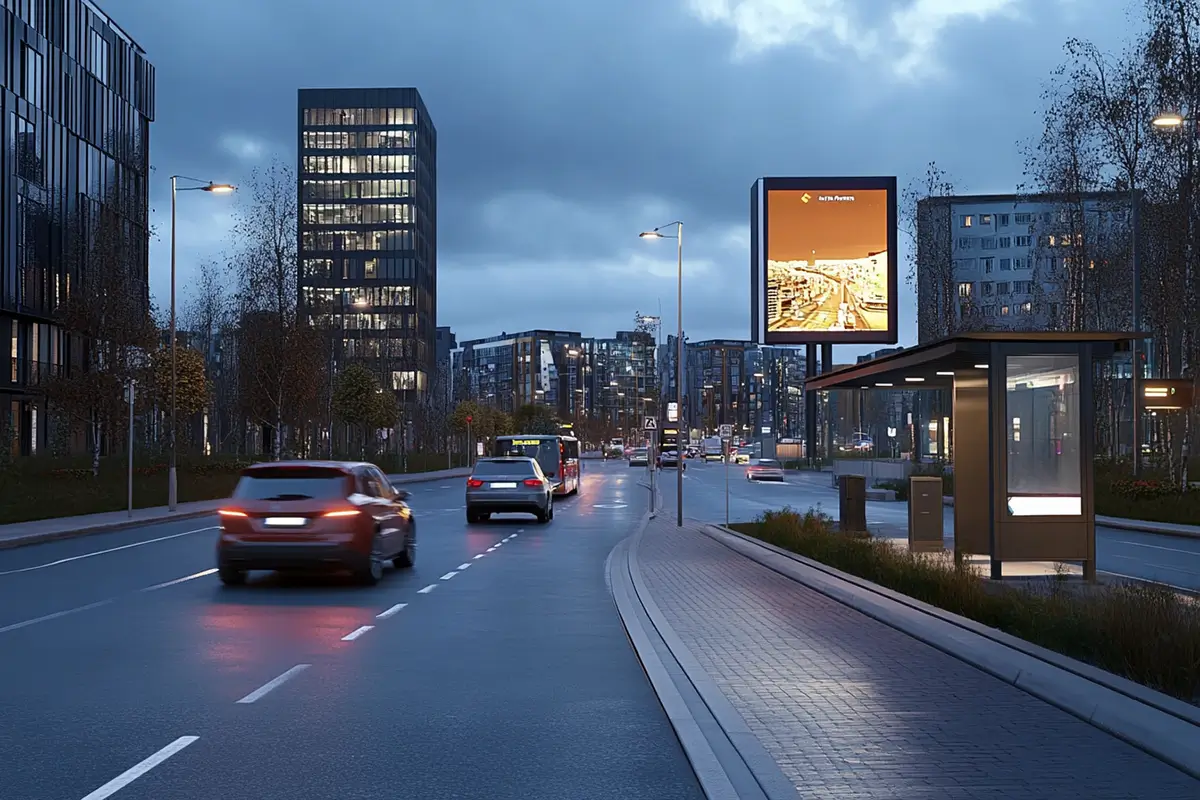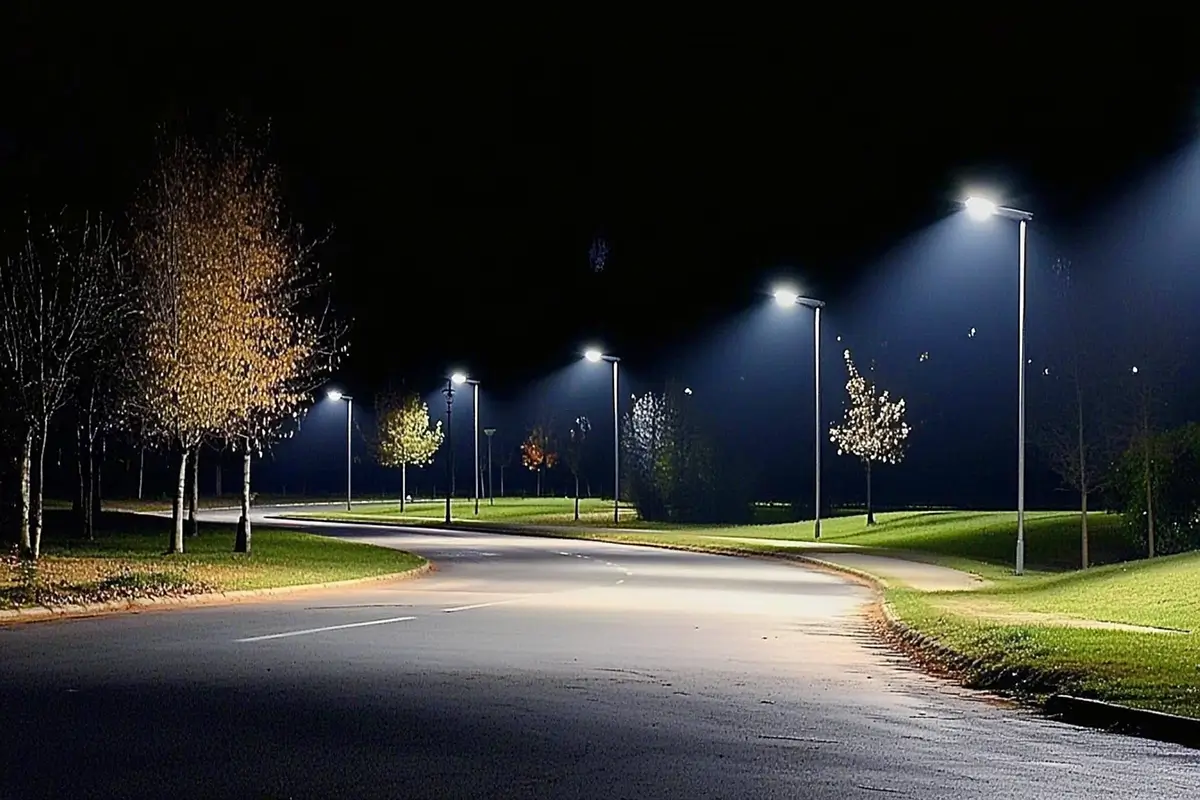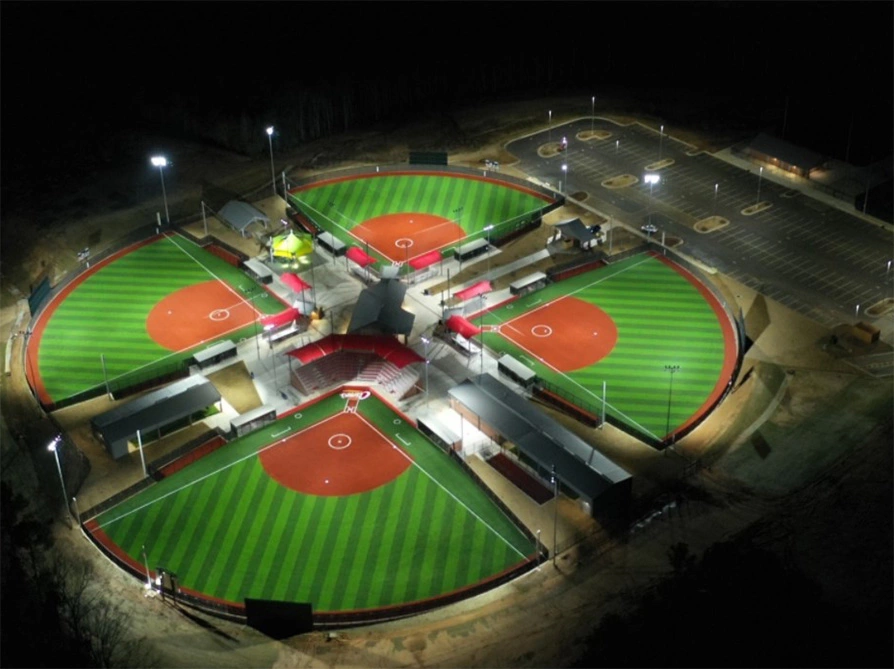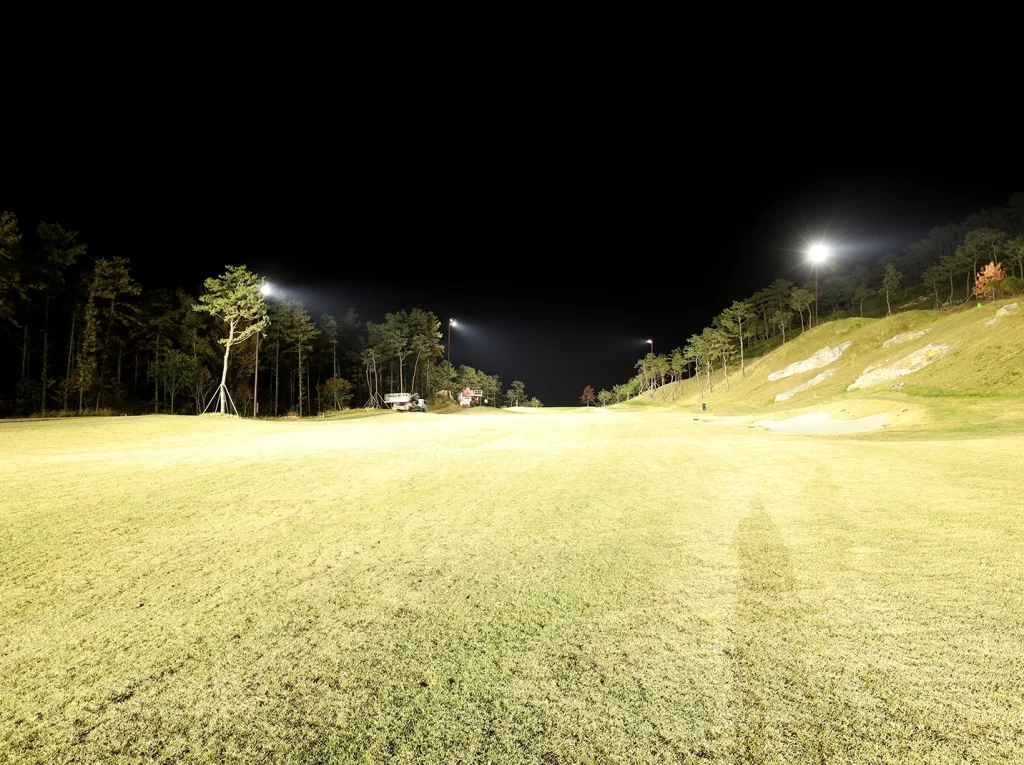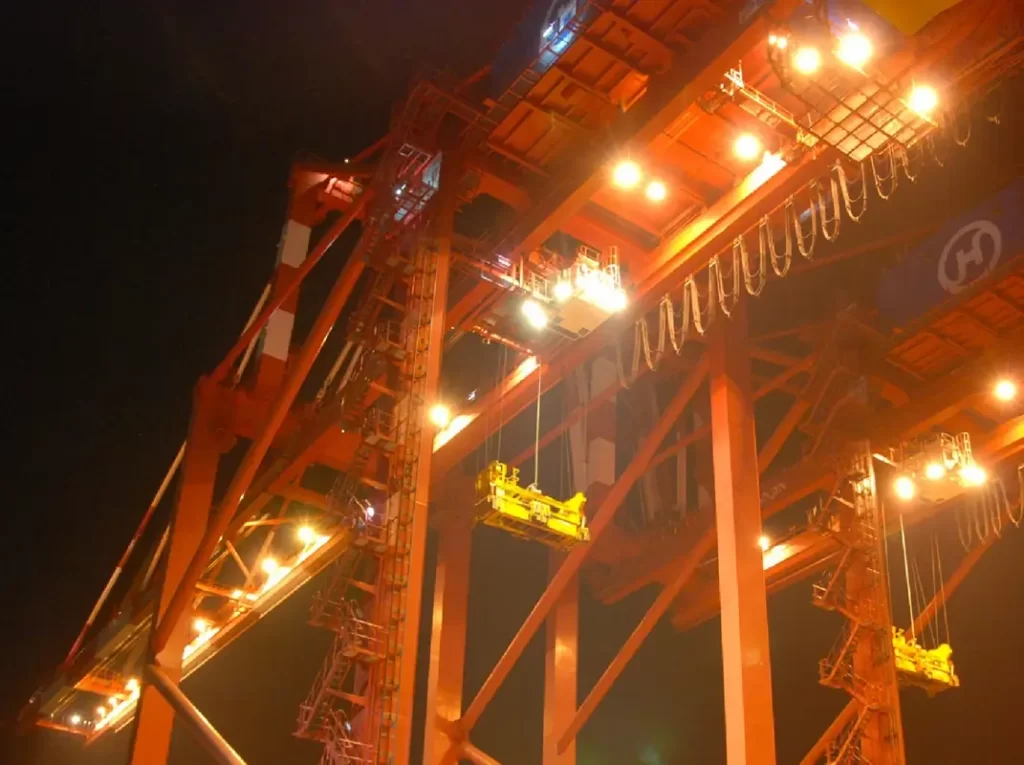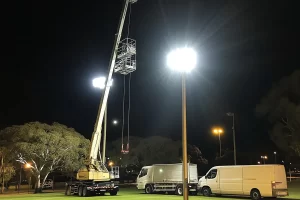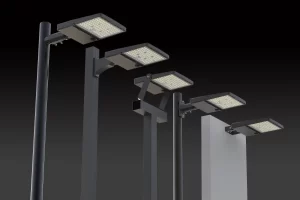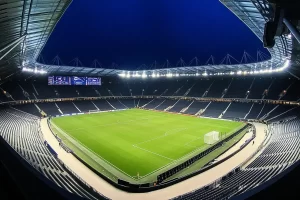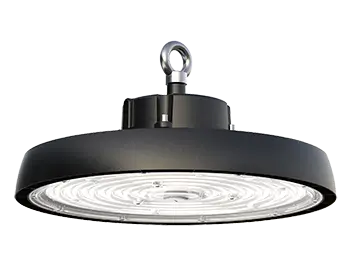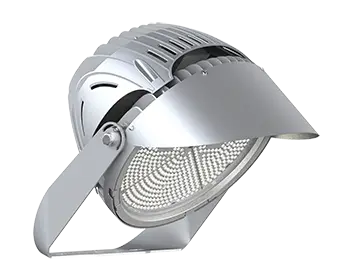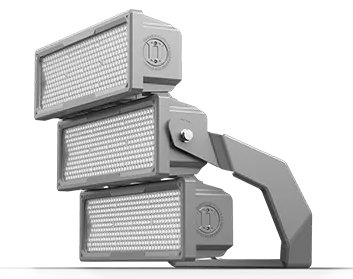As cities and parks look to enhance public spaces, many are opting to retrofit existing street lights with energy-efficient LED technology. Retrofitting, or upgrading older fixtures to LEDs, is a cost-effective way to modernize lighting systems without a complete overhaul of existing infrastructure. From reduced energy consumption to improved visibility, retrofitting LED street lights is an effective solution that benefits both municipalities and the environment.
Why Retrofitting with LED Street Lights Makes Sense
Significant Energy Savings
One of the biggest reasons cities and parks choose to retrofit their lighting with LEDs is the potential for energy savings. LED lights consume up to 80% less energy than traditional street lighting, like high-pressure sodium or halogen fixtures. With energy costs continuing to rise, retrofitting street lights with LEDs allows for long-term reductions in energy expenses—funds that can then be reallocated to other essential city services.
Cost-Effective Upgrades
A full replacement of outdoor lighting infrastructure can be costly and disruptive. Retrofitting, however, allows for the upgrade of lighting technology while utilizing existing poles, wiring, and foundations. This lowers installation costs and minimizes disruptions in public areas, making it an appealing option for parks and busy city streets. Municipalities can enjoy the advantages of LED lighting without the high costs of a complete system overhaul.
Lower Maintenance and Longer Lifespan
LED street lights boast a significantly longer lifespan than traditional lighting solutions, often lasting up to 50,000 hours or more. This extended lifespan means fewer replacements and reduced maintenance costs over time. Since retrofitting LED lights also generally involves upgrading to higher-quality, durable fixtures, cities and parks benefit from a lighting solution that requires minimal intervention, reducing both operational expenses and labor costs associated with regular maintenance.
Enhanced Safety and Visibility
Lighting plays a crucial role in public safety. LED street lights provide bright, uniform illumination, reducing dark spots and improving visibility for pedestrians, cyclists, and drivers. With better color rendering and customizable color temperatures, LEDs create a clearer, more accurate view of surroundings. Retrofitting parks and urban areas with LED street lights can also serve as a deterrent to crime, creating a safer environment for everyone.
Environmentally Friendly Solution
LED retrofits contribute to sustainable urban development by reducing energy consumption and lowering greenhouse gas emissions. Additionally, LEDs do not contain hazardous materials like mercury, which is common in some older lighting technologies. Retrofitting to LEDs is a key step in aligning city and park lighting with sustainability goals and minimizing the environmental impact of outdoor lighting systems.
Key Features of LED Street Light Retrofits
Smart Technology Integration
When retrofitting street lights with LEDs, cities and parks can integrate smart technology to enhance efficiency. Features such as motion sensors, dimming capabilities, and remote monitoring allow for adaptive lighting. These “smart” features enable lighting to be dimmed during off-peak hours or brightened when activity levels increase, striking a balance between energy conservation and safety. Real-time monitoring also provides valuable data to streamline maintenance and identify any issues immediately.
Weather and Impact Resistance
LED street lights used in retrofit projects are typically designed to withstand environmental challenges. With high Ingress Protection (IP) ratings, these fixtures are resistant to water, dust, and other outdoor elements, ensuring long-lasting durability. Additionally, many LED retrofit fixtures are built to be impact-resistant, protecting against damage from minor collisions or vandalism. This resilience makes them ideal for use in exposed, high-traffic public areas like city streets and parks.
Precision Lighting with Customizable Options
LED technology allows for adjustable beam angles, color temperatures, and brightness levels, making it easy to tailor lighting to specific environments. For example, pathways in parks can benefit from a softer, warmer light to create a more welcoming atmosphere, while city intersections may need a brighter, cooler light to maximize visibility. Retrofitting with LEDs allows cities and parks to customize their lighting for optimal performance and aesthetic appeal while reducing light pollution through precise control over light direction.
Best Practices for Retrofitting with LED Street Lights
Assess Existing Infrastructure
Before starting a retrofit, it’s essential to assess the current lighting infrastructure. This includes evaluating the condition of poles, wiring, and mounting hardware to determine if they are suitable for LED fixtures. A thorough assessment helps identify any areas that may require additional reinforcement or modifications to accommodate the new LED lights.
Choose Smart Lighting Solutions
To maximize energy savings and improve functionality, consider choosing LED retrofit options that incorporate smart lighting capabilities. Motion sensors, timers, and remote control systems enable adaptive lighting, which can adjust brightness based on real-time conditions. These features allow for enhanced control and energy efficiency, ensuring that the LED street lights only use power when necessary.
Prioritize High-Quality Fixtures
Choosing high-quality LED fixtures is essential for ensuring the success of any retrofit project. High-grade LEDs offer better performance, longer lifespans, and more consistent light output. Investing in quality fixtures can reduce maintenance requirements and provide a reliable lighting solution that withstands the test of time.
The Long-Term Benefits of Retrofitting with LED Street Lights
Switching to LED street lights through retrofitting offers immediate and long-term benefits for cities and parks. LED technology is known for its energy efficiency, durability, and low maintenance requirements, making it an ideal choice for public lighting. Retrofitting also aligns with modern sustainability goals, helping municipalities reduce their carbon footprint while enhancing safety and visibility in public spaces.
Retrofitting street lights with LEDs is a practical, cost-effective solution for modernizing urban and recreational spaces without the need for a full infrastructure overhaul. By upgrading to LEDs, cities and parks can improve public safety, reduce operational costs, and contribute to environmental sustainability, ultimately creating better and brighter spaces for the community.


